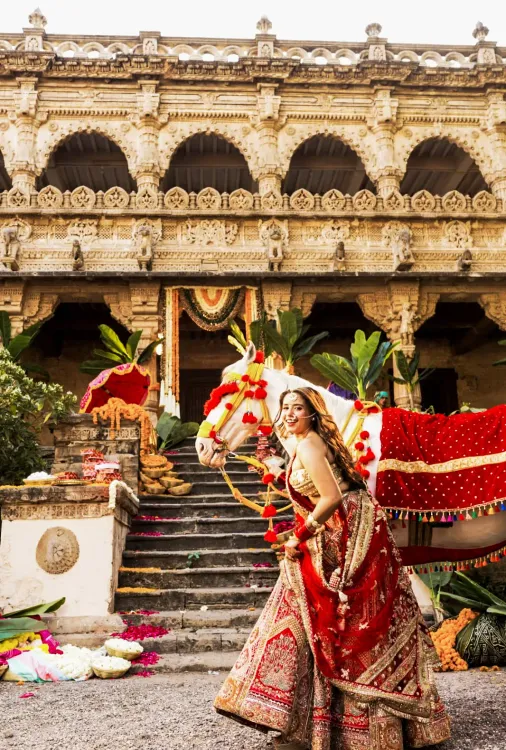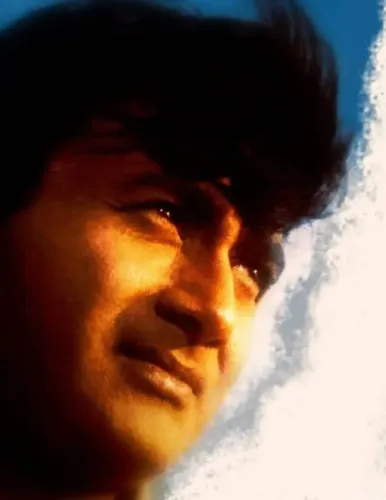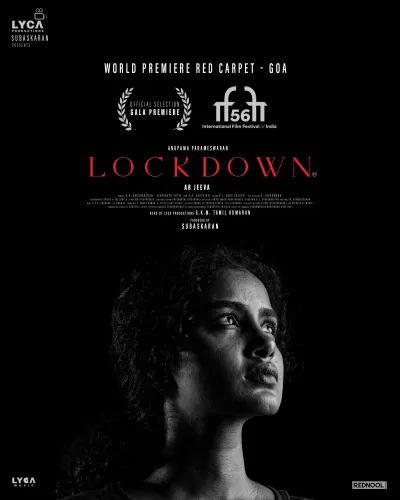How is Aishwarya Majmudar Redefining Wedding Traditions with 'Nazaara – The Shaadi'?

Synopsis
Key Takeaways
- Aishwarya Majmudar redefines the role of brides in weddings.
- Her song promotes empowerment and individuality.
- The track challenges traditional narratives surrounding weddings.
- Women today are taking charge, showcasing their strength.
- 'Nazaara – The Shaadi' is a celebratory anthem for modern brides.
Mumbai, Aug 8 (NationPress) Renowned vocalist Aishwarya Majmudar has put a refreshing spin on traditions with her latest single, "Nazaara – The Shaadi".
Written and sung by Aishwarya, the music for this lively track has been composed by Harpreet ‘Nikku’ alongside her.
In a bold departure from conventional narratives, "Nazaara – The Shaadi" features Aishwarya making a grand entrance at the groom's home to surprise him just a day before the wedding.
Regarding the song, Aishwarya stated: “Weddings are among the most joyous celebrations of life. With ‘Nazaara – The Shaadi’, I aimed to maintain the spirit of fun and festivity while also challenging the notion that brides should remain in the background. This bride arrives with flair, making a statement and celebrating love on her own terms — a sentiment many women will resonate with.”
“Today’s brides have truly inspired me to change the narrative. The way women have embraced their roles — not just as cool brides but in life overall — is remarkable. In the past, women were often seen as shy and submissive, but there has been a significant shift in recent years. They have elevated expectations for how to approach life — and how to redefine their roles. My true inspiration comes from women who assert control over their lives — and consequently, everything that unfolds in their journeys. Yes, brides have raised the bar, and we are thrilled to draw inspiration from them,” the singer elaborated.
Referring to "Nazaara – The Shaadi" as the modern anthem for a bride’s entrance, Aishwarya believes that all brides will find a connection with this song.
“Nowadays, the groom is looking dapper, adorned with a sehra — and it’s also customary for the groom and bride not to see each other before the ceremony. We’ve added a playful twist to that tradition,” she concluded.










